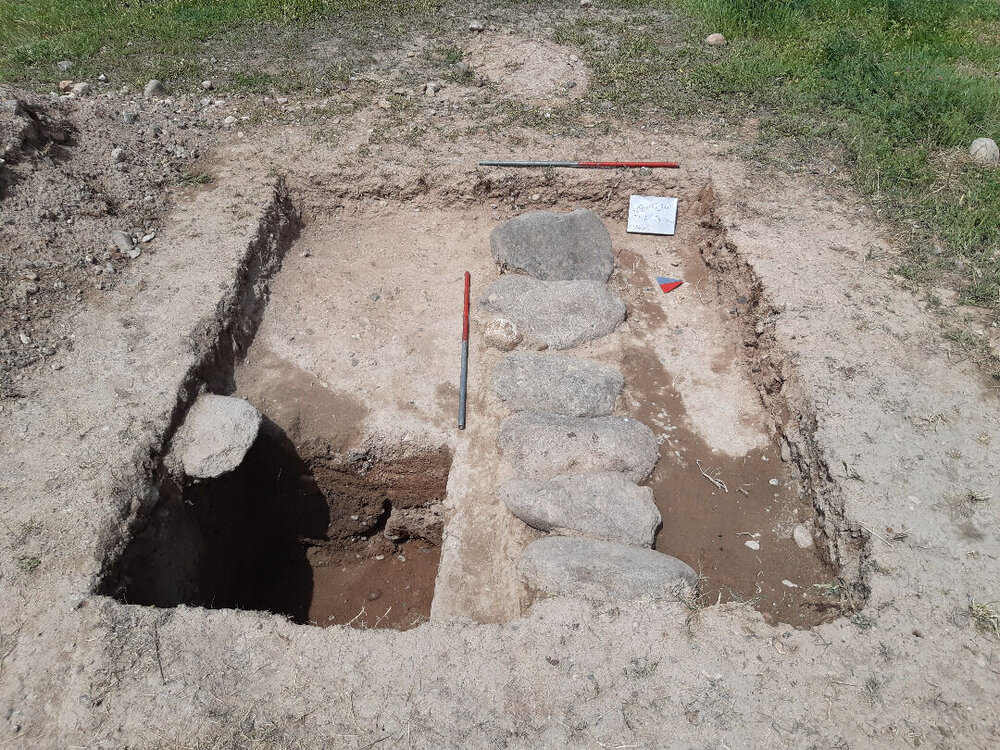Archaeologists discover Seljuk-era structure in Ardabil

TEHRAN – During their recent excavations in Ardabil, Iranian archaeologists have discovered some architectural remains, which are estimated to date from the Seljuk era (1037–1194).
“Archaeologists have come across some evidence of the Seljuk-era architectural structures after they dug trenches on the premises of a tire factory in Ardabil,” Saeid Sattarnejad, who leads the survey, said on Sunday, IRNA reported.
“It was the first archaeological season conducted on the site carried out to determine the extent and specifications of the [ancient] urban layers and human settlements,” the archaeologist explained.
“The results provided insights over the area, suggesting that it was occupied seasonally during the Islamic Middle Ages.”
Moreover, the archaeologists discovered some tomb chambers that are believed to date from the Islamic era.
“These graves have been created without architectural structures and in the form of holes in the sedimentary bed of the area, which, despite the high soil moisture, the bones in them have been severely damaged.”
Seljuk, also spelled, Seljuq, was a ruling military family of the Oguz (Ghuzz) Turkic tribes that invaded southwestern Asia in the 11th century and eventually founded an empire that included Mesopotamia, Syria, Palestine, and most of Iran. Their advance marked the beginning of Turkish power in the Middle East.
The term Islamic art not only describes the art created specifically in the service of the Muslim faith (for example, a mosque and its furnishings) but also characterizes the art and architecture historically produced in the lands ruled by Muslims, produced for Muslim patrons, or created by Muslim artists. As it is not only a religion but a way of life, Islam fostered the development of a distinctive culture with its own unique artistic language that is reflected in art and architecture throughout the Muslim world.
Sprawling on a high, windswept plateau, Ardabil is well-known for having lush natural beauties, hospitable people, and its silk and carpet trade tradition. It is also home to the UNESCO-registered Sheikh Safi al-Din Khanegah and Shrine Ensemble.
The province is freezing in winter and mild in summer, attracting thousands every year. The capital city of Ardabil is usually recorded as one of the coldest cities in the country in winter.
AFM
Leave a Comment